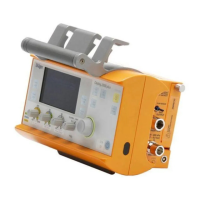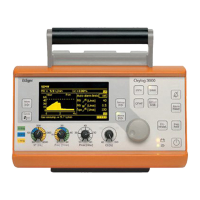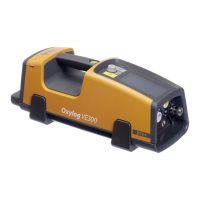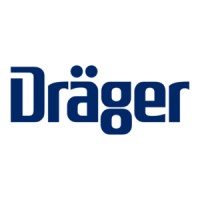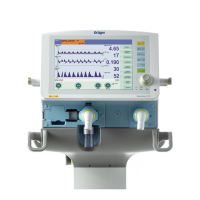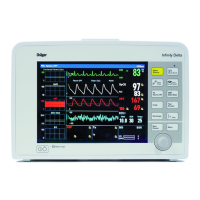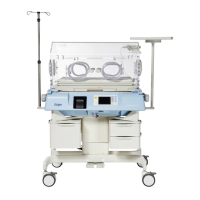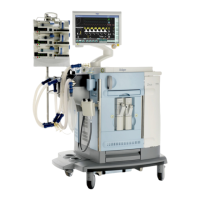2 Supplement to the instructions for use Oxylog 3000 plus
English
Supplement to the instructions for use Oxylog 3000 plus en English
Supplement to the instructions for use
Keep this supplement with the instructions for use of the med-
ical device.
This supplement completes the information in the instructions for
use in the following chapters:
For Your Safety and that of Your Patients
Installing accessories
Abbreviations
Assembly
Connecting the disposable breathing circuit for pediatric
patients
Preparation
Zero calibration before ventilation
Monitoring
Performing zero calibration during ventilation
Configuration
Performing zero calibration
WARNING
To properly use this medical device, read and comply with
the instructions for use and this supplement.
Instructions for use Part number Edition
Oxylog 3000 plus en 5705305 12 – 2020-01
Oxylog 3000 plus zh 5705324 17 – 2020-11
Oxylog 3000 plus es 5705309 11 – 2020-01
Oxylog 3000 plus ptBR 9052937 09 – 2020-01
WARNING
Risk of incorrect operation and of incorrect use
Follow the instructions for use of all accessories carefully.
Abbreviation Explanation
IP34 Level 3 protection against foreign bodies
and contact,
Level 4 protection against ingress of
liquids
WARNING
Risk of patient injury
If the tidal volume is less than 250 mL, use a pediatric
breathing circuit.
If the tidal volume is more than 250 mL, use an adult breath-
ing circuit.
WARNING
Risk of patient injury
The CO
2 measurement can be inaccurate and lead to a risk
of patient injury.
– Before the CO
2 filter check can be performed, perform a
CO
2 zero calibration.
– Do not breathe on the CO
2 sensor during the CO2 zero
calibration and the CO
2 filter check.
– Only perform the CO
2 zero calibration and the CO2 filter
check at ambient temperatures between 10 and 40 °C
(50 and 104 °F).
– Do not perform the CO
2 zero calibration when exposed
to direct sunlight.
WARNING
Risk of patient injury
The CO
2 measurement can be inaccurate and lead to a risk
of patient injury.
– Before the CO
2 filter check can be performed, perform a
CO
2 zero calibration.
– Do not breathe on the CO
2 sensor during the CO2 zero
calibration and the CO
2 filter check.
– Only perform the CO
2 zero calibration and the CO2 filter
check at ambient temperatures between 10 and 40 °C
(50 and 104 °F).
– Do not perform the CO
2 zero calibration when exposed
to direct sunlight.
WARNING
Risk of patient injury
The CO
2 measurement can be inaccurate and lead to a risk
of patient injury.
– Before the CO
2 filter check can be performed, perform a
CO
2 zero calibration.
– Do not breathe on the CO
2 sensor during the CO2 zero
calibration and the CO
2 filter check.
– Only perform the CO
2 zero calibration and the CO2 filter
check at ambient temperatures between 10 and 40 °C
(50 and 104 °F).
– Do not perform the CO
2 zero calibration when exposed
to direct sunlight.
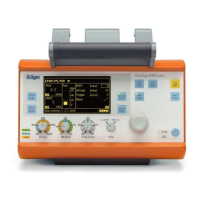
